Oct 28, 2025 10:47 AM
In Memoriam: Jack DeJohnette, 1942–2025
Jack DeJohnette, a bold and resourceful drummer and NEA Jazz Master who forged a unique vocabulary on the kit over his…
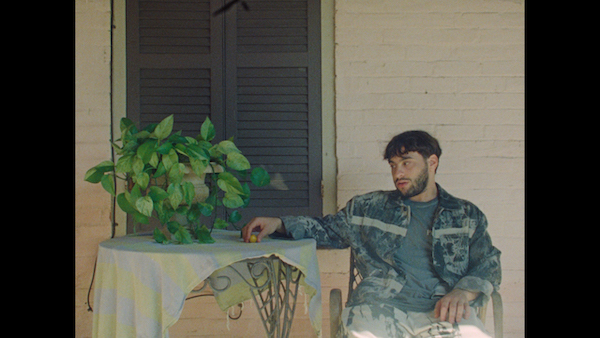
“One of my hopes is that we find new and different versions of and possibilities for community,” Pinderhughes says of The Healing Project.
(Photo: Ray Neutron)In his Harlem apartment, Samora Pinderhughes presides over his contradictions. Handwritten pages splay across his Yamaha piano as his face fixes on a thought. He smiles, then winces.
“Living is being inside of seven different things at once,” says the pianist, singer and composer. “Society is built around [each of us] being one thing, having one emotion, relating to another person in one way, and also — and this is key — being a ‘type’ of person that possesses certain qualities and could never possess other qualities.”
Pinderhughes has been living music and activism since before he can remember. A Bay Area native, he has collaborated with Common, Lalah Hathaway, Robert Glasper, Emily King, Herbie Hancock and Sara Bareilles, always seeking inroads to effect change through his artistry. Raised by social and environmental justice scholars whose work often engages participatory-action research, the Harvard doctoral candidate can’t separate the music from the message. Nor can he separate himself from the many calls to many actions.
“Building collective models, you have to invent and reinvent,” says Pinderhughes. “Oftentimes collectives have to choose between [working to] dismantle the larger system of oppression, or materially helping out people that are actually being oppressed by those systems.”
With $1 million in grant support from The Mellon Foundation, The Healing Project — his ambitious research-driven gesture comprising a digital archive, an exhibition and the full-length album Grief — attempts to tackle both missions at once.
The grant supports, among other initiatives, the project’s Transformative Impact Fund, which allows “selected formerly and currently incarcerated artists to receive support, partnership and seed funding to create their own artistic projects and healing infrastructures.” Its inaugural recipient, the artist, teacher and death row prisoner Keith LaMar, recently received a reprieve of execution from Ohio Governor Mike DeWine until 2027. But Pinderhughes and his cohorts continue fighting for his exoneration and release, at the same time deploying a national campaign for freedom.
The following interview with Pinderhughes has been edited for length and clarity.
Stephanie Jones: The Healing Project takes a one-person-at-a-time approach to an en masse issue. Can you discuss your strategies for promoting institutional change one person, one situation at a time? How does social media play a role?
Samora Pinderhughes: We’re an artistic project and in our artistic mission, we’re an abolitionist organization aimed at dismantling the prison industrial complex and providing tools for people around the country to come together and heal. We’re also building an infrastructure to be a direct service organization that creates strategic impact campaigns to get people out of prison. Just as we want to expand the reach of the artwork and messaging, we have to be able to invent models in which the people that are participating can be transformed.
Transformative work requires a consistent level of engagement, which is hard to do with social media. So we’re trying to build an audience community that wants to [invest] over time — both physical and digital versions. People get that collective sense when they’re in the room together … but social media allows us to engage people from other cities and countries. It’s also how I reach people who are participating.
Jones: “Sweet,” your new collaborative track with Keith LaMar, reminds me of “Masculinity” from Grief, which features an introspective yet emotive gesture from saxophonist Immanuel Wilkins. How do the pieces relate to each other?
Pinderhughes: Those pieces share a lot in common. One of the things [the project tackles] is exhibiting vulnerability, specifically in the context of people that rarely are allowed to [express it]. A big narrative component of The Healing Project is that so many people, growing up, are conditioned to be hard — for survival, but also because that’s how you are taught to be a man. “Sweet” came about from me asking Keith, “What’s one aspect of yourself no one’s ever asked you about?” He said, “My sweetness. I’ve never talked about that.”
Part of why we did interviews with no visuals is that audio-only forces people to release their assumptions. A lot of that, for me, is about race. We are trying to provide a counter-narrative to the history of criminalizing people of color.
We need to return to a context in which [we let someone be a] full, complex human being — both in terms of ourselves and those who we other. So “Masculinity” came from me holding myself to task, and “Sweet” is the other side of it, me trying to bring that in through my interaction with another person who, in other situations, would be otherized. I do try to reflect these [concepts] in the sonics. I believe in beauty as an entrance point for people to move through emotions, and the music tries to mirror that vulnerability.
Jones: This project is an emotionally wrought undertaking. In the midst of sadness, anger, depression, anxiety and despair, what have been your strategies to center healing?
Pinderhughes: Most of these experiences — prison, detention, deportation, certain kinds of loss — are not my experience. So [my approach was to] take myself out of it. But what I found, through the process, is that I needed healing just as much as everybody else. I also needed community.
One of my hopes is that we find new and different versions of and possibilities for community, that we’re able to build these frameworks ourselves in the midst of these structures that are problematic. One of the privileges of being an artist is that you find so much community in other artists. But we’re so often doing it inside these histories and spaces that are so toxic and exploitative that we end up inheriting some of that stuff, and also creating it.
The Healing Project [has allowed me] to participate in and benefit from the making of new community. It is very difficult work, and there’s a sacrificial element to it [laughs], but it is sustaining. There are so many ways to show up. DB
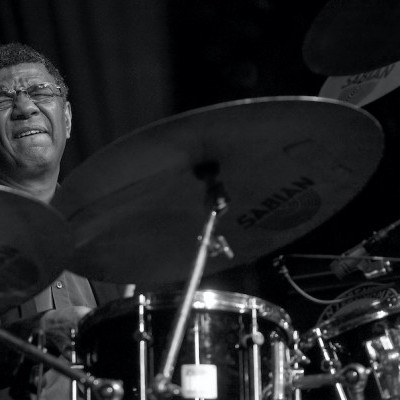
Jack DeJohnette boasted a musical resume that was as long as it was fearsome.
Oct 28, 2025 10:47 AM
Jack DeJohnette, a bold and resourceful drummer and NEA Jazz Master who forged a unique vocabulary on the kit over his…

D’Angelo achieved commercial and critical success experimenting with a fusion of jazz, funk, soul, R&B and hip-hop.
Oct 14, 2025 1:47 PM
D’Angelo, a Grammy-winning R&B and neo-soul singer, guitarist and pianist who exerted a profound influence on 21st…
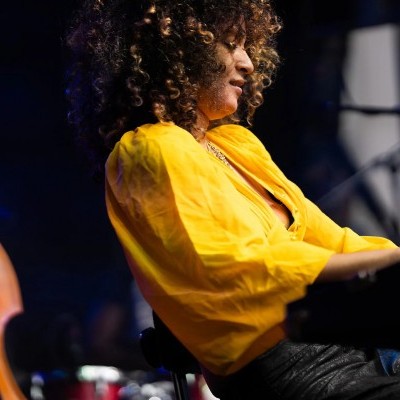
Kandace Springs channeled Shirley Horn’s deliberate phrasing and sublime self-accompaniment during her set at this year’s Pittsburgh International Jazz Festival.
Sep 30, 2025 12:28 PM
Janis Burley, the Pittsburgh International Jazz Festival’s founder and artistic director, did not, as might be…
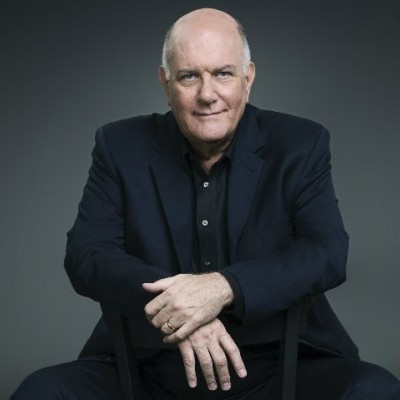
Jim McNeely’s singular body of work had a profound and lasting influence on many of today’s top jazz composers in the U.S. and in Europe.
Oct 7, 2025 3:40 PM
Pianist Jim McNeely, one of the most distinguished large ensemble jazz composers of his generation, died Sept. 26 at…
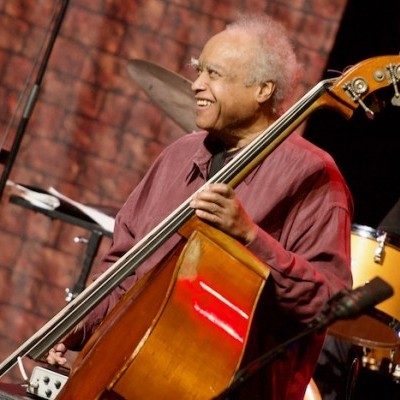
Drummond was cherished by generations of mainstream jazz listeners and bandleaders for his authoritative tonal presence, a defining quality of his style most apparent when he played his instrument unamplified.
Nov 4, 2025 11:39 AM
Ray Drummond, a first-call bassist who appeared on hundreds of albums as a sideman for some of the top names in jazz…